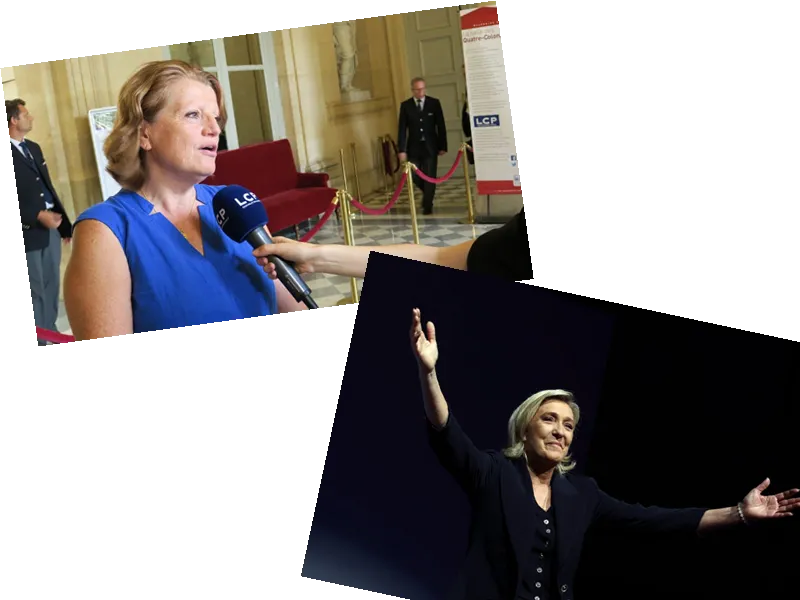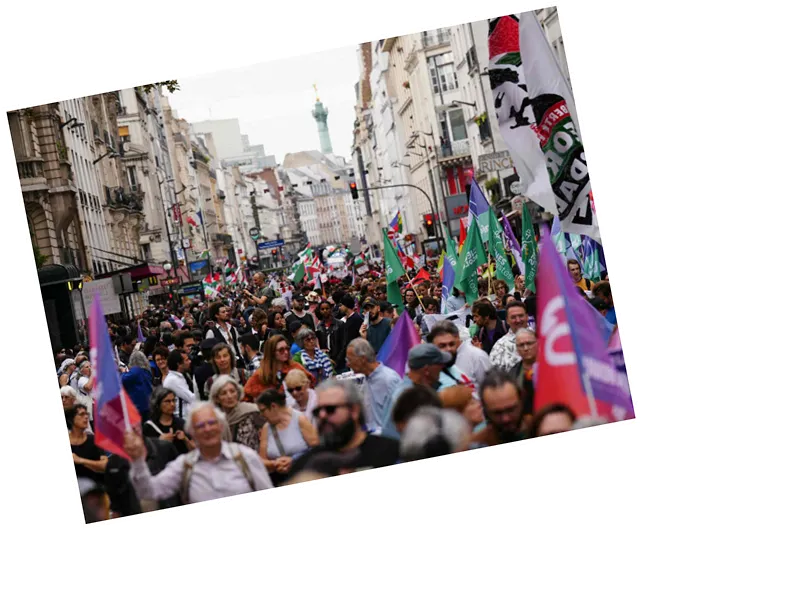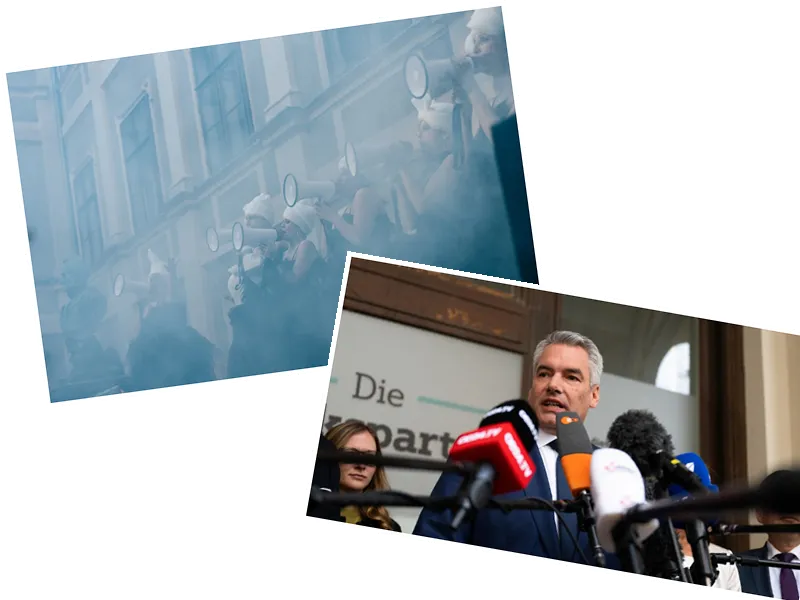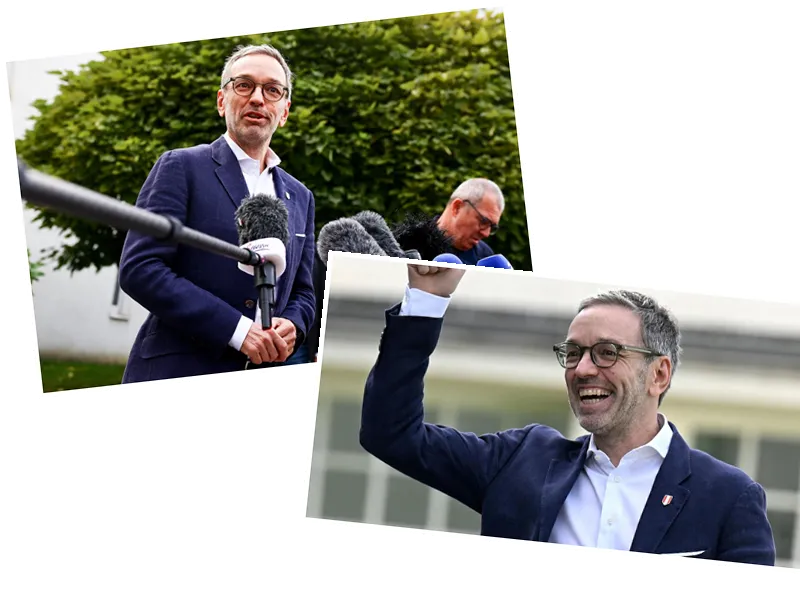French Legislative Elections: A Historic Turn
The recent legislative elections in France have marked a significant shift in the political landscape, with the far-right National Rally (RN) emerging as the winner of the first round. According to the Ifop institute's estimates for TF1 network, the RN secured 34.2% of the vote, a historic first for the party. This victory places them ahead of the left-wing New Popular Front (NFP) coalition, which garnered 29.1%, and President Emmanuel Macron's Ensemble, which came in third with 21.5%.
Macron's Call for Democratic Unity
In response to the RN's lead, President Emmanuel Macron has called for a 'broad, clearly democratic and republican union' against Marine Le Pen's party in the second round. Macron emphasized the importance of high participation, which reached nearly 70%, the highest since 1981. This participation rate has led to numerous triangular constituencies, where three candidates will compete in the second round, potentially complicating the RN's path to an absolute majority.
The elections have been marked by violence and tension, with candidates and activists from various parties facing attacks. The French government has expressed concerns about possible riots during the electoral count, prompting increased police presence. Despite these challenges, the left-wing NFP has united quickly to present a common front against the RN, aiming to prevent the far-right from achieving an absolute majority.
- The high participation rate in these elections has been a significant factor, with 59.4% turnout by 5:00 PM, almost 20 points higher than in the 2022 legislative elections. This increase in voter turnout is expected to result in a record number of triangular constituencies, making the second round highly competitive.
- The political landscape in France is at a crossroads, with the potential for unprecedented cohabitation between President Macron and a far-right prime minister if the RN secures a majority. This scenario would force Macron to appoint a prime minister from the RN, creating a challenging governance dynamic.
- The rapid formation of the New Popular Front (NFP) coalition, which includes social democrats, environmentalists, communists, and the radical left, highlights the urgency felt by the left-wing parties to counter the rise of the far-right. Despite internal tensions, the NFP's primary goal remains to block the RN from gaining an absolute majority.
- The campaign has also been characterized by economic debates, with the NFP's program facing criticism for its proposed heavy public spending. However, the coalition argues that their new tax system, targeting the wealthiest citizens, will offset these expenses.






